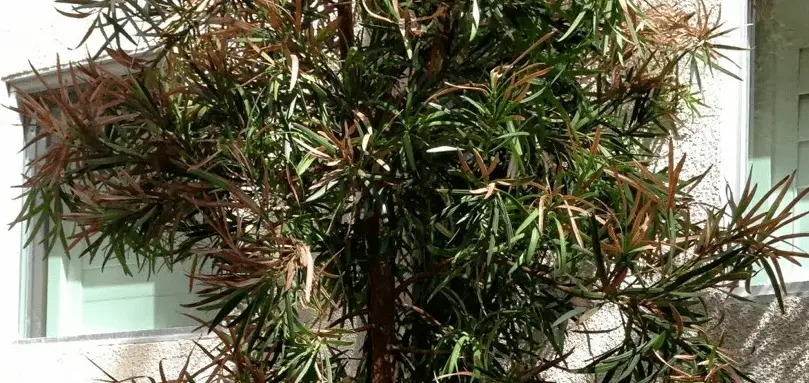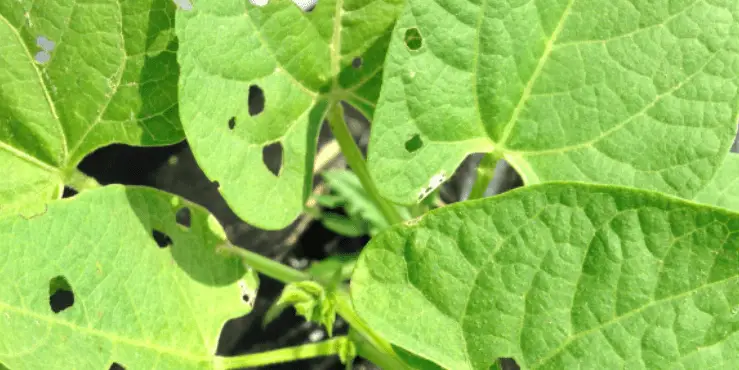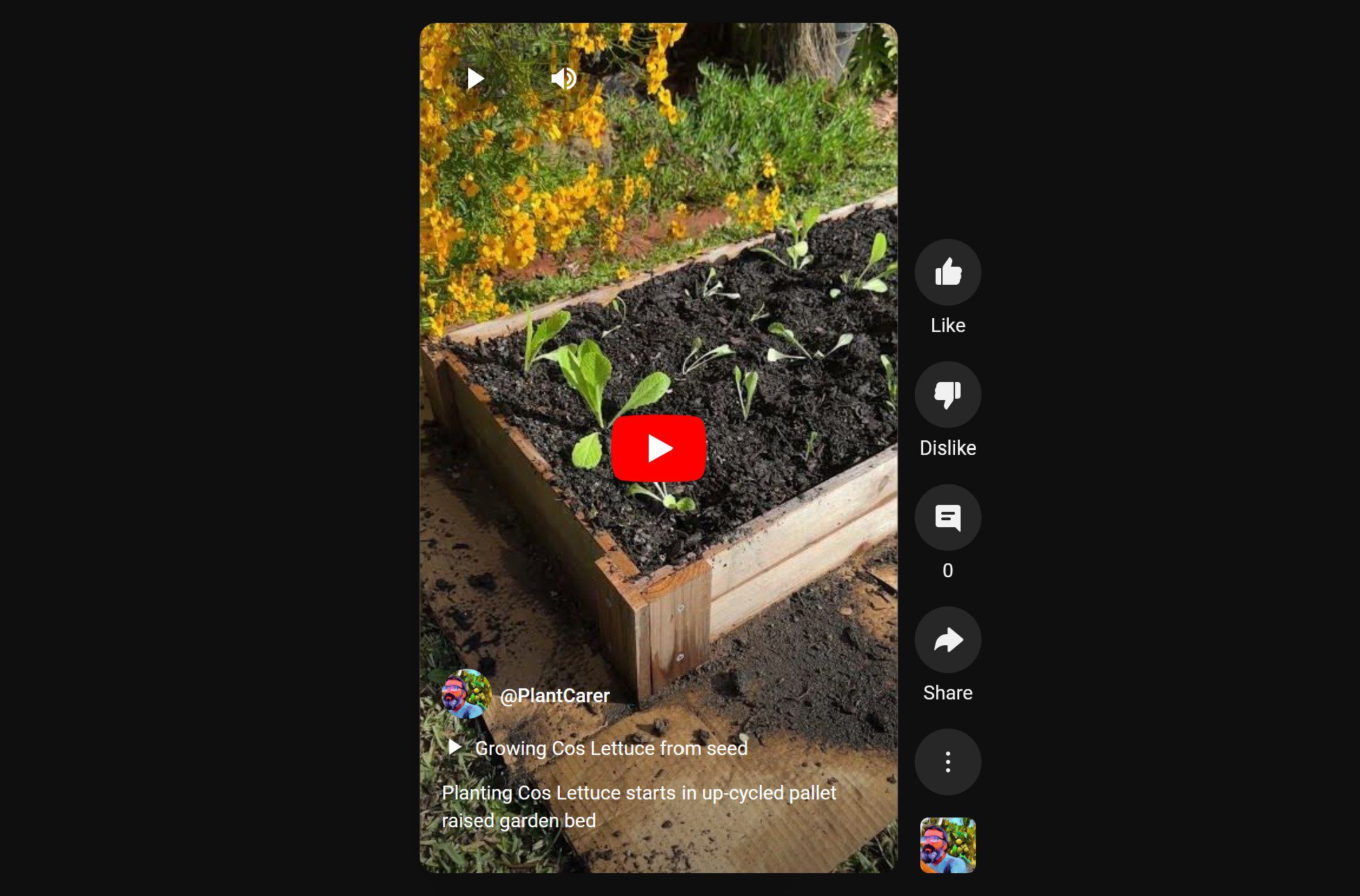Spider plants are popular houseplants because they grow quickly and can thrive in low-light conditions. They also require very little maintenance, which is great for those people who don’t have much time to care for their plants.
However, there may be times when you need to repot your spider plant and it dies after the repotting process. If this has happened to you, then continue reading as we discuss why this could happen and how you can prevent it from happening again!
Why Is My Spider Plant Dying After Repotting?
Your spider plant is dying because of transplant shock, which is a common problem with many houseplants. The roots of your spider plant were likely damaged during the process, which is preventing it from absorbing enough water and nutrients to survive.
Repotting is usually fine and safe, but there are certain precautions you must observe to guarantee that your spider plant does not suffer any damage.
Gentle – Repotting is a delicate process and you must be gentle to avoid damaging the roots.
Adjust the soil – Your spider plant can be shocked by a sudden soil change, so do it slowly and make sure to use soil that is similar to its original soil.
Frequency – It’s best not to repot your spider plant too often, but it is recommended that they be repotted every year or two. I only repot my plants when I suspect something is wrong, like if the roots are rotten.
How Can I Save My Spider Plant from Transplant Shock?
If you see any indications of transplant shock while repotting, there are a few things you can do to keep your plant alive:
Don’t repot your spider plant again – Sometimes the best thing to do is nothing. This is why I don’t recommend repotting again or changing too many factors. You may just need to wait for your plant to recover on its own.
Keep the plant out of drafts – While your spider plant will likely survive in a draft, it can slow down the recovery process for transplant shock. The same is true with dry heat, which regularly happens during winter when we use heaters.
Be careful with light levels – Too much sunlight or not enough light can also contribute to your spider plant being stressed, so try your best to keep the plant away from direct sunlight for long periods of time.
Return the plant to its old spot – If possible, return your plant to its old spot. The location may have been a factor in the transplant shock and it won’t take long for your spider plant to start improving once you put it back into that same environment.
Prune dead foliage – If you notice some of the leaves have died, prune them off and disinfect your shears with a solution to prevent any bacteria from spreading.
What is the Best Way to Repot a Spider Plant?
When it comes to repotting a spider plant, I have some of the most essential recommendations:
Consider the time of year – Repotting your spider plant in the spring is the best time of year to do it because most plants are actively growing then. This means your plant has energy and can heal more quickly than if repotting happened in the winter.
Use a suitable pot – When repotting, use a pot that is at least two inches wider than your spider plant’s current pot. This will ensure the roots have room to grow and expand without getting too cramped inside of their new home.
Soil matters – Potting soil is great for your spider plant, but make sure to use a form of potting mix that has peat moss and perlite in it. This will keep the soil moist longer and ensure your plant is getting all of the nutrients it needs.
Move slowly and gently – Repotting should always be done carefully, but that’s especially true when you’re transferring a spider plant from one pot to another. The roots are delicate and can break off during this process if you rush or aren’t gentle enough.
Remember to water – After repotting your spider plant, water it once a week for the first month and then adjust to what its needs are after that. Too much water is just as bad as too little water.
Conclusion
In conclusion, transplant shock is a common problem with many houseplants and it can happen when you repot your spider plant. The good news is that there are ways to keep the plant alive while giving it time to recover.
Follow the tips in this guide to avoid transplant shock keep your spider plant safe. I hope you have found this guide helpful and you now know why your spider plant is dying after repotting.
Tim is an avid gardener from the UK. He was the founder of PlantCarer.com from 2021 to Sep 2023. He sold PlantCarer.com to Aaron. He has since started his own business called Seed To Supper, which provides new gardeners all the materials you need in a box (pots, seeds, compost and instructions) to grow your own delicious and nutritious vegetables and herbs from start to finish – no garden required.









0 Comments